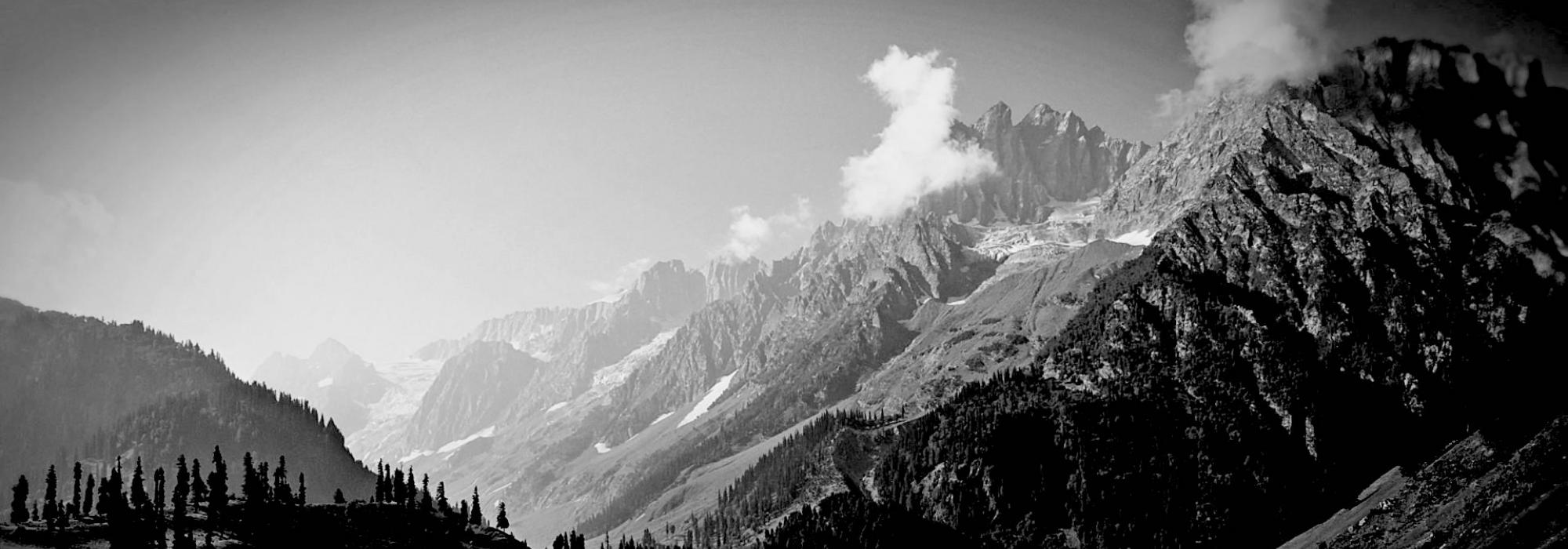Introduction
Prahasana as a genre has a unique place not just in Sanskrit drama but even in all of classical Sanskrit literature. Prahasana is one among the ten types of rūpakas (plays) and it mainly deals with satirical humour, which not only entertains the rasikas but also gives a light-hearted perspective of the society and practices prevalent in the era when they were composed. In the guise of humour, they offer serious criticism of social happenings. A superficial reading of a prahasana might not reveal this illuminating dimension, for the critiques are suggestive.
Dramas
Poetry is divided into śravya (that which is heard/read) and dṛśya (that which is seen). Drama comes under drśya-kāvya and is often hailed as the highest form of poetry. Statements—such as nāṭakāntaṃ hi sāhityam and kāvyeṣu nāṭakaṃ ramyam—sprinkled across Sanskrit treatises bear testimony to this fact. Kālidāsa in his Mālavikāgnimitram says that it is a yajña for the/through the eyes, which alludes to the very basic tenet of a yajña which is unifying and sharing. The statement prayogatvamanāpanne kāvye nāsvādasambhavaḥ goes even further stating that poetry that can't be performed cannot be savoured at all. To borrow a modern analogy, a movie based on a novel has a greater audience than the novel itself. While great poets like Kālidāsa have composed extraordinary poems, they have earned the highest appreciation due to the dramas they have composed. It is owing to the dramas he wrote that Bhavabhūti is spoken with the same reverence as that of Kālidāsa. Kālidāsa wonders whether people will accept his new play Mālavikāgnimitram since there have already been great dramas of yore from Bhāsa, Saumilla etc. However, he hardly has similar misgivngs about whether his poetry will be accepted despite the existence of past-masters such as Vyāsa, Vālmīki, Aśvagoṣa etc. (He does confess his inability describing the illustrious kings of the raghu-vaṃśa but he doesn’t compare himself with other poets before him.)
With such importance given to the genre of drama, one will naturally wonder what its purpose might be. Is it to educate people? Make them familiar with stories of the past? Bring change in the society? A revolution perhaps? While these things might happen inadvertently, the main purpose of drama or any literature for that matter is to evoke rasa in the connoisseurs. As the saying goes, nahi rasādrte kaścidarthapravartate. There is no higher purpose than rasa. Rasa being the foremost objective, the next question is – What is meant by rasa and how many are there? There are traditionally eight rasas. Śṛṅgāra, Hāsya, Raudra, Karuṇa, Bībhatsa, Bhayānaka, Vīra, and Adbhuta (some sources give Śānta as the ninth rasa). For a comprehensive treatment of these concepts one can refer to Bharatiya Kavyamimamse by Ti Nam Srikantaiah in Kannada, V Raghavan's illuminating exposition “The Number of Rasas” also gives a detailed analysis. Out of these, the prahasana mainly deals with Hāsya. Some related details can also be found in Ramaratnam’s thesis.
Hāsya in Sanskrit literature
Hāsya[1] which can be found right from the vedic passages - lampooning the chanting of the vedas themselves which is being compared to the croaking of frogs - has been constantly present in even the most profound and serious literature in Sanskrit. Since then Sanskrit poets have employed Hāsya in their works. While some examples can be found in Ramaratnam’s thesis, some more interesting episodes which have been left out are mentioned here.
Rāmayana has its own share of Hāsya, and that appears in and around many grave and poignant situations, Rāma who had just lost his kingdom and is about to go to the forest, gives away his belongings to the poor and needy. A poor brāhmaṇa called Trijaṭa asks him for cows, Rāma in such grave situation jovially asks him to throw his staff and collect all the cows in that range where the staff falls. Trijaṭa fastens up his garments and prepares himself like a javelin thrower and throws his staff with all his might which falls on the banks of Sarayu, Rāma happily gives him all the cows as promised. Even in such a dire situation this episode lightens the gravity and also gives us a peek into Rāma’s equanimity (Vālmīki Rāmayana, Ayodhya kāṇḍa 2.32.29-2.32.43). Later the people of Ayodhya who are treated with festivities in the āśrama of Bharadvāja declares
नैवायोध्यां गमिष्यामो गमिष्यामो न दण्डकान्।
कुशलं भरतस्यास्तु रामस्यास्तु तथा सुखम्।।2.91.60।।
that they’d stay there itself, they’d neither go to Ayodhya nor Daṇḍaka and wish both Rāma and Bharata prosperity and happiness. Around 20-25 verses which follow are also a treat! The context here is graver, Daśaratha is no more, Bharata wants to bring back Rāma to Ayodhya. Next we again see Hāsya’s appearance in the sargas 61-62 of the Sundara kāṇḍa during the destruction of the Madhuvana by the monkeys elated after finding Sītā, just few verses from there is enough to substantiate the claim!
उन्मत्तभूताः प्लवगा मधुमत्ताश्च हृष्टवत्।
क्षिपन्ति च तथान्योन्यं स्खलन्ति च तथाऽपरे।।5.62.12।।
केचित् क्ष्वेलां प्रकुर्वन्ति केचित् कूजन्ति हृष्टवत्।
हरयो मधुना मत्ताः केचित्सुप्ता महीतले।।5.62.13।।
कृत्वा केचिद्धसन्त्यन्ये केचित्कुर्वन्ति चेतरत्।
कृत्वा केचिद्वदन्त्यन्ये केचिद्बुध्यन्ति चेतरत्।।5.62.14।।
जानुभिस्तु प्रकृष्टाश्च देवमार्गं प्रदर्शिताः।
अब्रुवन् परमोद्विग्ना गत्वा दधिमुखं वचः।।5.62.16।।
These verses have been specifically quoted as this involves drunken antics of the monkeys, which is apt since we are about to discuss Matta-vilāsa!
Footnotes
[1]Some more insights about Hāsya can be found in the following recent articles in Kannada
https://www.prekshaa.in/%E0%B2%B9%E0%B2%BE%E0%B2%B8%E0%B3%8D%E0%B2%AF%E0... https://www.prekshaa.in/%E0%B2%B9%E0%B2%BE%E0%B2%B8%E0%B3%8D%E0%B2%AF%E0... .













































